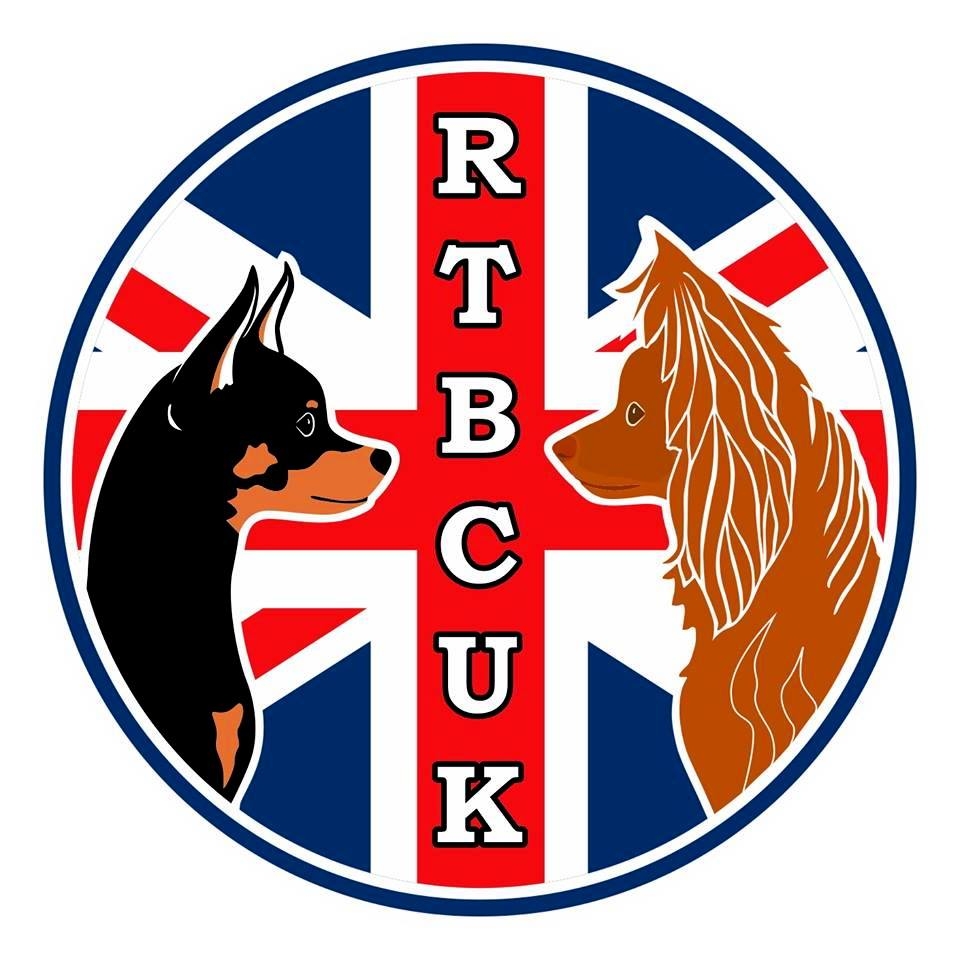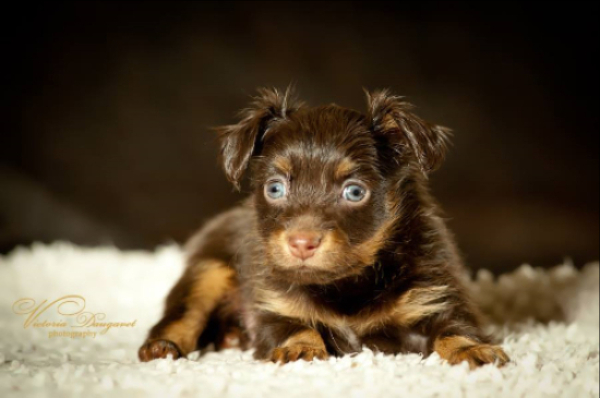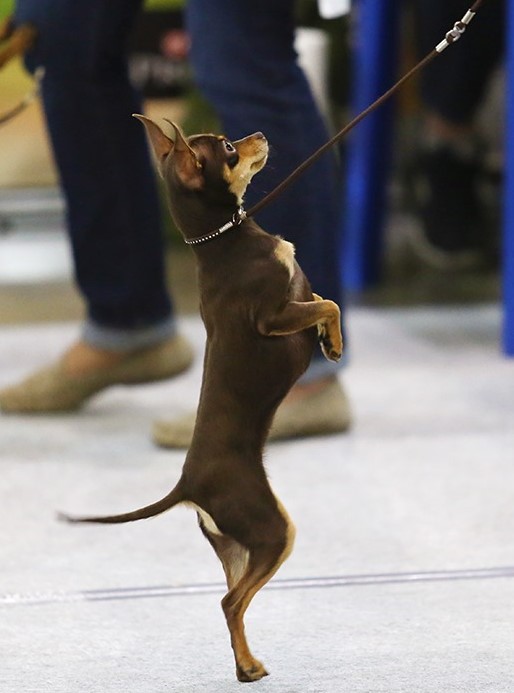There has been a lot of discussion on various sites regarding a diagnosed case of Legg’s Calves Perthes in a Russian Toy in the UK. Unfortunately some of the comments and discussions have contained accusations towards the breed club and the supposed lack of response and support from the Breed Club. We the committee feel it is time to reply to these comments and to assure all our members that we have done everything possible within the power of the Club with information given to us at any one time.The Club sympathises greatly with anyone whose dog succumbs to a health issue and wish them a speedy recovery. We all have our individual views and so will not necessarily agree with each other, but as a breed club it is important not to pass judgement but to collate as much information as possible, however long that may take, so that we can best inform our members.
Breed Clubs are there to offer help and impartial advice on the Breed and to promote the breed to the best of its ability. To shed some light on what the club can do in cases such as this; The Club runs an extensive database of pedigrees which include results from health tests, we also have a database of all dogs that have clear test results and suitable for a breeding programme, there is a separate database for dogs reported to us with health conditions. We have been given this information in good faith by members and owners of RT’s in the UK for the Clubs use. Due to Data protection we are not permitted to publish these details in the public domain, but when advice is sort from members as to suitable breeding lines or lines to import to the UK the information we hold can be invaluable.
A lot of work has gone on behind the scenes with regards to this and although it may not be evident to some, the Breed Club has taken this very seriously and is acting in the best interest of the breed with the knowledge it holds and with the restrictions that behold a breed club when it comes to information in the public domain. It was agreed by the committee and those members at the AGM that due to the very complex nature of LCP and with the facts before us at that time, we could not be certain that this case was due to a hereditary nature, it was noted there could be other causes. It was agreed that the Clubupdate the relevant health information on thedatabase and remove the dog from the Stud dog database (this was also requested by the owner), relatives of said dog were also noted, the website was updatedafter the AGM with information regarding LCP and a notification of the updated website was posted on the Club Facebook page.From those dogs we have on our database is it our belief owners of littermates and related dogs in the UK have now been informed.
A health seminar was held in the UK several years ago, one of the subjects was Leggs Calves Perthes, From this seminar attendees were advised the following: There are many breeds that can suffer with LCP and many theories as to the reason it occurs, although as yet nothing has been 100% proven, there is no known DNA test for this condition - the cause is known to be due to a lack of blood supply to the femoral joint and hip socket causing degeneration of the bone. The main concern is that it is believed to be a hereditary condition although other factors have also been known to cause LCP including hormonal deficiencies, over exertion (exercise) in young puppies which in turn will cause trauma to joints, damage to growth plates, other accident/trauma, to name a few.
The Club has researched several other breed clubs as to their advice on LCP based on it being a hereditary condition – Dogs’ hips can be x-rayed under anaesthetic or sedation after the age of approximately 9 months to check for irregularities or inflammation which may be indications that the disease is present No animal found to be suffering from this illness should be used in breeding. Other breed clubs ask for the dogs to be a minimum of 12 mths. The breed clubs only stipulate that those physically suffering from the disease be removed from the breeding programme. As with any health related condition, for which there are many, if all dogs that were potential carriers of any condition were removed from breeding then the gene pool would become so small that more serious health conditions would arise – this in turn could be the demise of a breed in a short space of time. Many health tests are carried out in the UK and results published by the KC in the KC Breed Record Supplement.There is no requirement from the KC to remove suspected carriers from a breeding programme.The UK Kennel Club does not currently offer any breeding guidelines for LCP.On this basis the Club needs to gather as much information as possible before making any judgements or decisions with regards to the blanket banning of breeding from suspected carriers. Off course any dog with confirmed LCP is a different matter and we would wholeheartedly denounce breeding from those dogs.
We the committee hope this information allays any concerns that anyone may have with regards to the Breed Club and how we are dealing with this situation, we are doing everything we possibly can and will review as information becomes available. If anyone has any concerns regarding this or any other matter please contact any member of the committee who will be able to help and advise.



